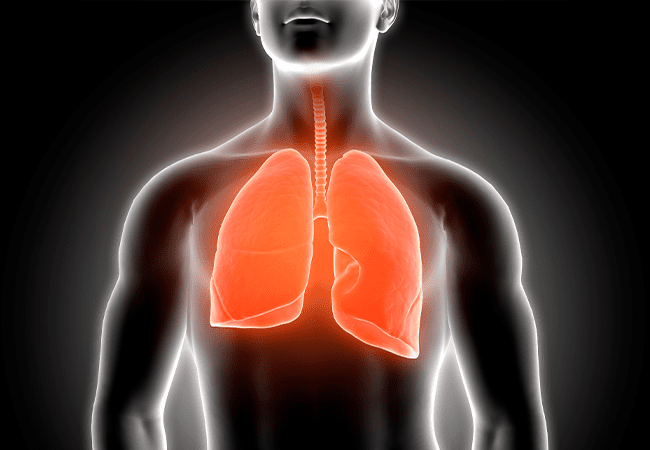By América Torres
We have prepared for you a summary of some of the key changes in the 2022 GOLD Report "Global Strategy for the Diagnosis, Management, and Prevention of Chronic Obstructive Pulmonary Disease”. As you know, this document is reviewed annually and it is very extensive, so we have selected some of the most relevant points to give you a broad overview in a few words. We hope you find it useful.
2022 GOLD Report recommendations
2022 GOLD Report recommendations
· Using DLCO measurement to assess COPD.
· Use of pharmacological drugs to reduce lung function decline.
· Evidence of the relationship between high blood eosinophils and the incidence and progression of COPD.
· Impact of rehabilitation timing after hospital admission due to an exacerbation.
· Effectiveness of telerehabilitation.
· Use of Low-Dose Computed Tomography screening or Patients with Lung Cancer.
· Use of inhaled corticosteroids and risk of lung cancer.
· Risks associated with the coronavirus for patients with COPD.
· Efficacy of COVID vaccines for patients with COPD.
Some of the main changes
Some of the main changes
The GOLD Report 2022 is a revision of the 2021 version. It collects the data obtained through a systematic investigation of the literature published between January 2020 and July 2021. Here are some of the most important changes that were added:
The economic burden of COPD.COPD related costs in the United States are estimated to increase over the next 20 years: it is expected they reach $40 billion annually. It is also estimated that women will incur the highest direct costs and lose more quality-adjusted life years (QALY).
Gender differences in disease prevalence. Previous studies reported that COPD prevalence and mortality were higher in men. However, new evidence from developed countries suggests that COPD is already almost the same in men and women. It is considered that this may be due to changing patterns of tobacco use.
Geographically, the highest prevalence of COPD in women was observed in North America with 8.07% vs. 7.30%; in urban areas the percentage is 13.03% vs. 8.34%. Moreover, according to the World Bank income classification, the prevalence of COPD among men from upper-middle-income countries is higher (9.00%), while in high-income countries, the highest prevalence is among women.
There are new definitions of early COPD, mild COPD, preCOPD and COPD in young patients.
Early COPD. It is proposed to differentiate "early COPD" biologically and clinically speaking.
Mild COPD. It is proposed not to use the term mild COPD to identify early COPD.
preCOPD. This term is new. It is suggested to use it to identify individuals (of any age) who present respiratory symptoms with or without detectable structural abnormalities and/or functional abnormalities, in the absence of airflow limitation and who may, or may not, develop persistent airflow limitation over time.
COPD in young patients. Since lung function peaks around 20-25 years of age, it is proposed to consider in this classification patients who are in a range of 20-50 years.
Fatigue added to COPD symptoms. Fatigue impacts people's ability to perform their day-to-day activities and, therefore, their quality of life. Patients who experience it describe it as a feeling of "general tiredness" or express that they feel their energy "drained."
Pulmonary diffusion capacity assessment using DLCO. Over time, COPD patients show an accelerated decline in DLCO, compared to smokers who do not have the disease. This decline is significantly greater in women.
The 2022 GOLD Report also includes changes and additions to many other important topics, for example, lung cancer. Regarding this, references are mentioned about patients with COPD screening to detect lung cancer. Also, the incidence of lung cancer in patients using inhaled corticosteroids (ICS) is analyzed. Besides, there are also new references for COPD patients with and without bronchiectasis.
If you would like to review the full document click here.



